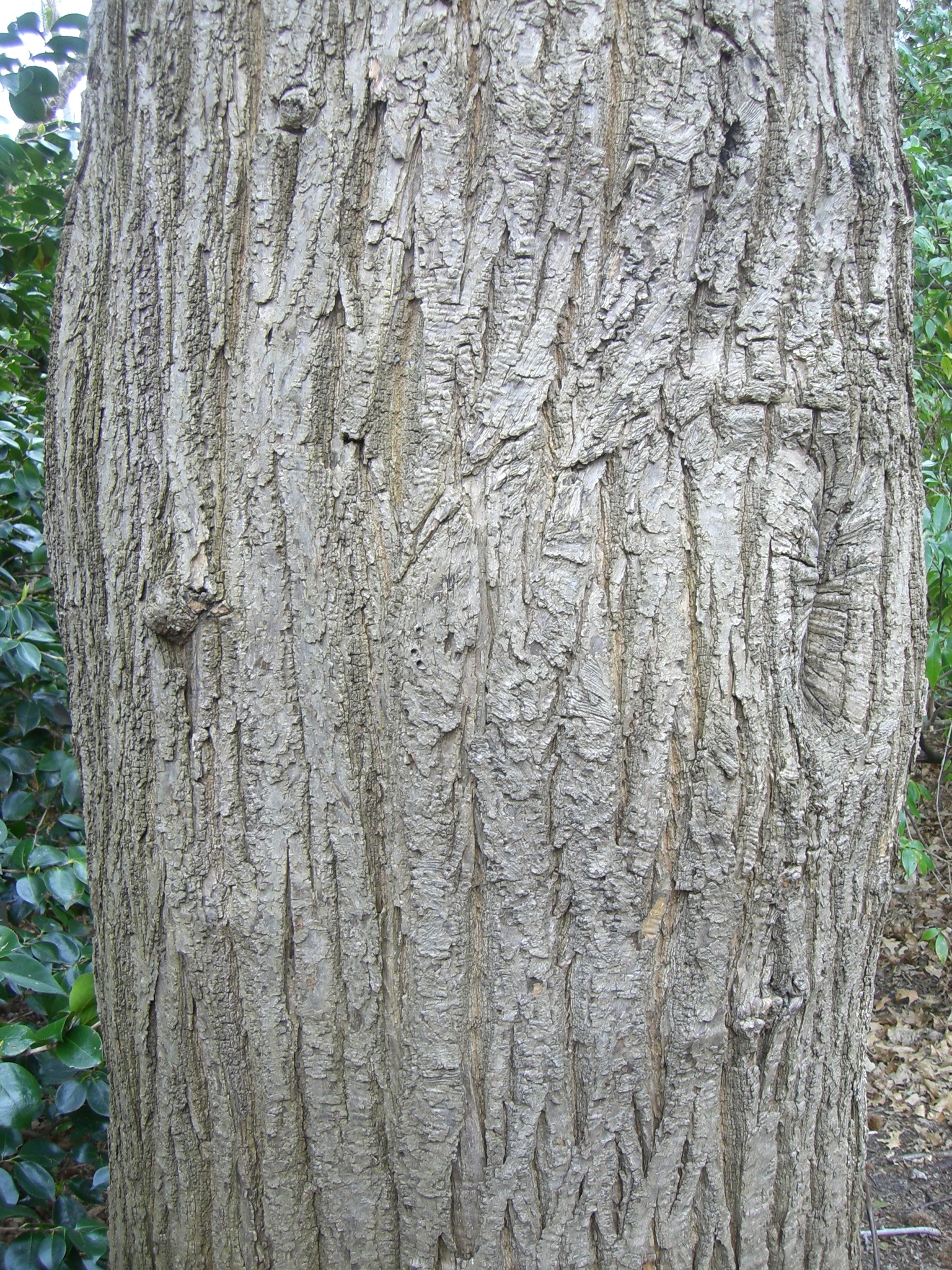
Ancient Latin name commemorating the town of Castania in Thessaly.
Deciduous trees or shrubs. Buds small, ovoid. Leaves alternate, oblong to lanceolate, margin toothed. Flowers unisexual with both sexes on same tree. Male flowers of erect catkins; perianth of 6 lobes, stamens mostly 10(-20). Female flowers separate or at the base of the male catkins, usualy in 3s and surrounded by a cup-like envelope of scales. Ovary of 6 chambers. Nuts large, 1-3 or more in an enlarged cup that splits into 2-4 segments at maturity.
The genera Castanopsis and Chrysolepis are occasionally cultivated. They have evergreen, toothless leaves; Chrysolepis has young shoots and leaf undersurfaces covered with bright yellow hairs; Castanopsis cuspidata may be seen at Belgrave ('Glen Harrow') in Victoria.
Seed, some cultivars by grafting on C. sativa stock.
Deciduous toothed leaves; prickly fruits mostly more than 3 cm wide.
8 species from northern temperate regions.
Camus (1929), Johnson (1988).
Source: (1997). Fagaceae. In: . Horticultural Flora of South-eastern Australia. Volume 2. Flowering plants. Dicotyledons. Part 1. The identification of garden and cultivated plants. University of New South Wales Press.
